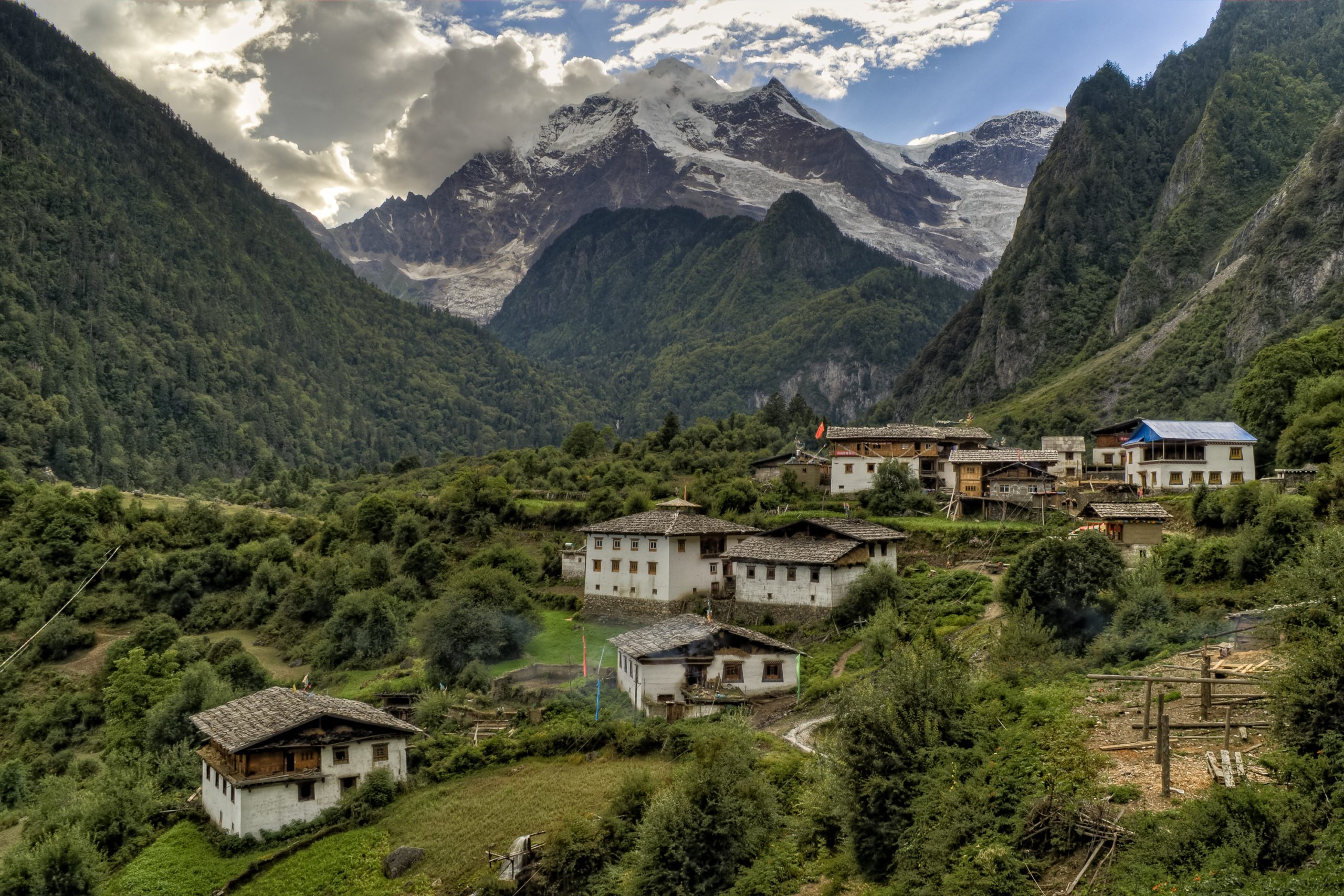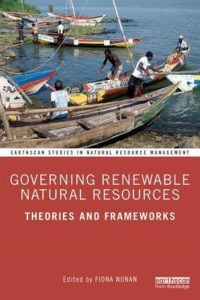
By Professor Fiona Nunan, International Development Department
School of Government, University of Birmingham
Governance matters for natural resources because it affects how they are used and managed and who gets to benefit. In low-income countries, governance often aims to improve people’s lives as well as the environment, but achieving these ‘win-win’ outcomes has proved elusive.
Renewable natural resources – such as fisheries, forests and grazing land – are under pressure, with over-exploitation and degradation raising concern globally. In low- and middle-income countries, this concern is critical as so many people rely on these resources directly for sustenance and income.
How to manage resources, how many resources can be extracted, when and by whom are made, are decided within a governance system. The system could be government-led, involve privatisation or resource users themselves could be involved in making decisions, either on their own or working with the government Communities in low- and middle-income countries have long been involved in governing natural resources through customary or traditional systems. However, in many cases, the central government took control over these resources, bringing in new rules and even building fences to keep local people out. From the 1980s, new efforts were developed to either give communities control over natural resources through Community-based Natural Resource Management (CBNRM) or enable communities to work collaboratively with the government through a collaborative arrangement.
Are these community-based and collaborative arrangements working?
There have been mixed experiences, with some systems working fairly well in improving the environment and people’s lives, whilst others have experienced multiple problems. Examples of systems that are working fairly well are Community Forest Management in Nepal and Community Conservancies in Namibia. Over the last few decades, much research has been undertaken to identify factors that are important for governance to be sustainable and effective. These include:
- Having supportive government policies and legislation in place, giving the governance structures legal remit and recognition;
- Local ownership of arrangements, with local rules developed and used;
Mechanisms developed to bring accountability to other resource users; - Conflict resolution mechanisms in place – in case there are disagreements about rules or someone’s behaviour.
However, there are many examples of systems that are not working so well, with many factors involved. In some cases, more powerful actors dominate the governance system and make sure that they benefit more than others. In other cases, the government either doesn’t have the resources to support the community or isn’t committed to working with communities in practice, preferring to keep power and resources to themselves.
Analysing Governance
My new edited book, Governing Renewable Natural Resources: Theories and Frameworks, tackles some of these issues. In this book, I brought together contributions on a range of different approaches that can be used to analyse governance of natural resources – whether the analysis is concerned with what the governance arrangements are, how they are working or what the outcomes have been and why.

The book begins by introducing the concept of governance, types of governance arrangements that have been developed and used, and the factors that research has identified as influencing the potential for governance to be successful and keep going over time. Challenges to governance are also identified, within the areas of scale and complexity, and power and participation. The subsequent chapters review and apply different approaches and theories, drawing on common property theory, political ecology, institutional analysis, the social-ecological systems framework and social network analysis. Whilst the book has a focus on low- and middle-income countries, the review of theories and frameworks, and examples and reflections on application apply globally.
What matters for governance?
The concluding chapter of the book reflects on the insights and applications from the preceding chapters. It finds that many governance situations are complicated because there are many institutions, or sets of rules, in place – from different parts and levels of government, and from the community itself. These institutions don’t work in isolation; they interact and affect each other, changing over time with implications for the governance system, natural resources and livelihoods. In practice then, those involved in governance have to be flexible and adaptive, using local norms and rules to create more effective systems and get things done.
Learning Lessons?
Key lessons for natural resource governance to be effective in delivering on win-win outcomes of an improved environment and local people’s livelihoods can be summarised as:
- Allow for greater flexibility in arrangements between locations and over time, so that governance reflects local context and is locally owned.
- Focus more on creating capacity for this flexible governance and incentives for governing, rather than on the details of forming of structures and rules.
- Invest in relationships – governance is not a technical matter; relationships between different actors affect decisions and how governance performs. People need to be able to trust each other and the governance systems in place.
Governance arrangements need to be appropriate for the local situation, be strongly supported by the government and have the capacity and resources to respond to new information and changes in the environment. This supports calls for adaptive governance, with structures and systems having the remit, capacity and incentives for sustainable and equitable natural resource governance – governance that can deliver on those elusive win-win outcomes.
Want to know more?
Watch Fiona’s professorial inaugural lecture and listen to this Finding Sustainability podcast on governing renewable natural resources and institutional analysis.

1 thought on “Governing Renewable Natural Resources: How can governance improve the environment and people’s lives in the Global South?”